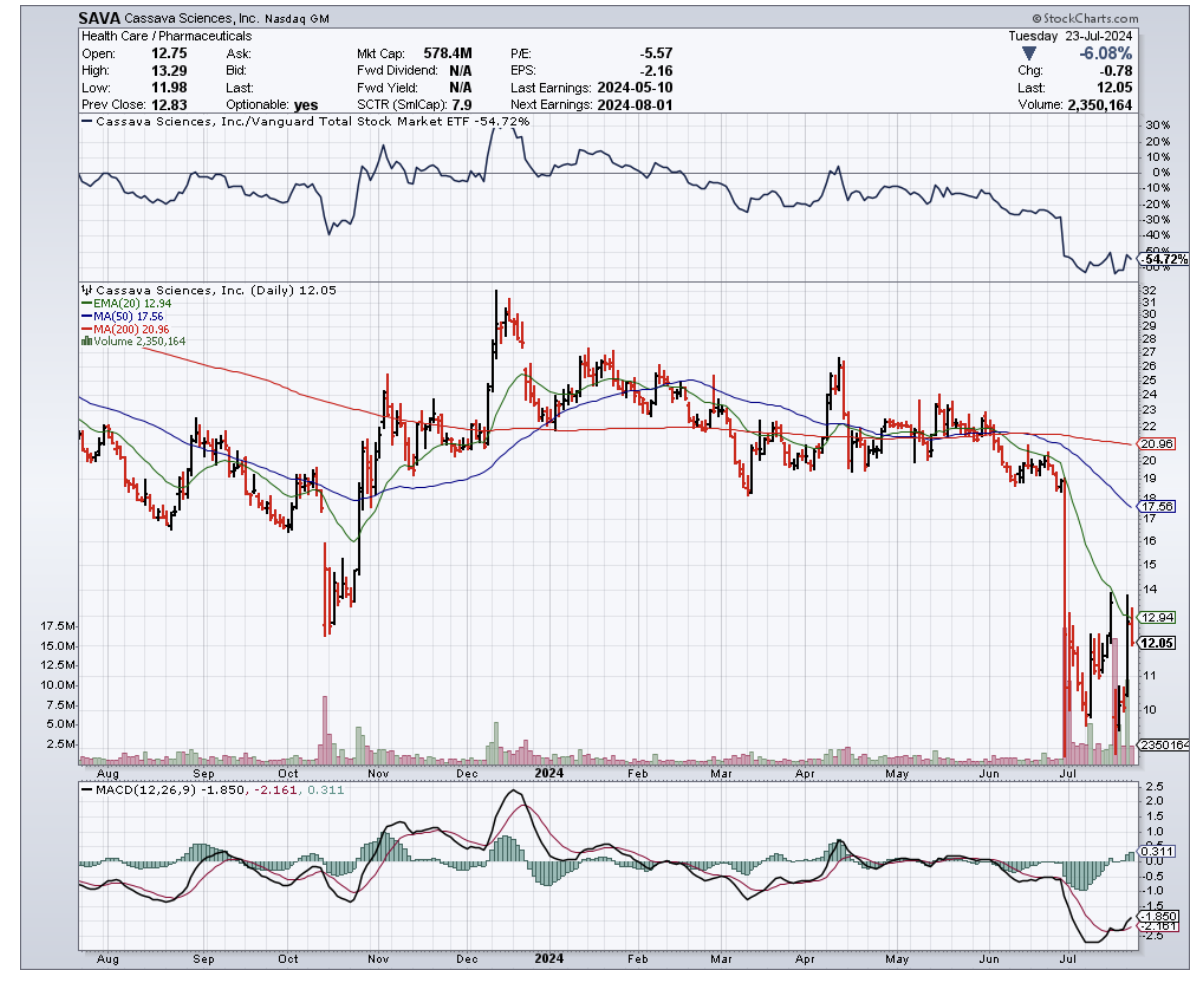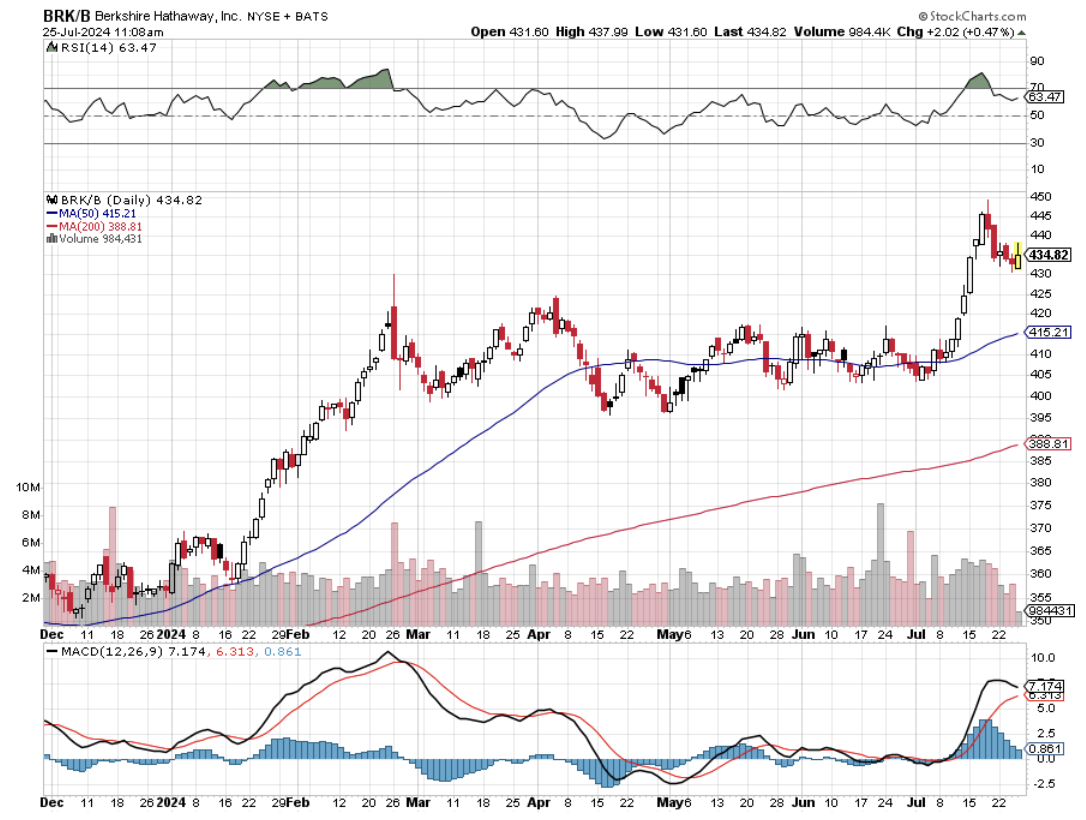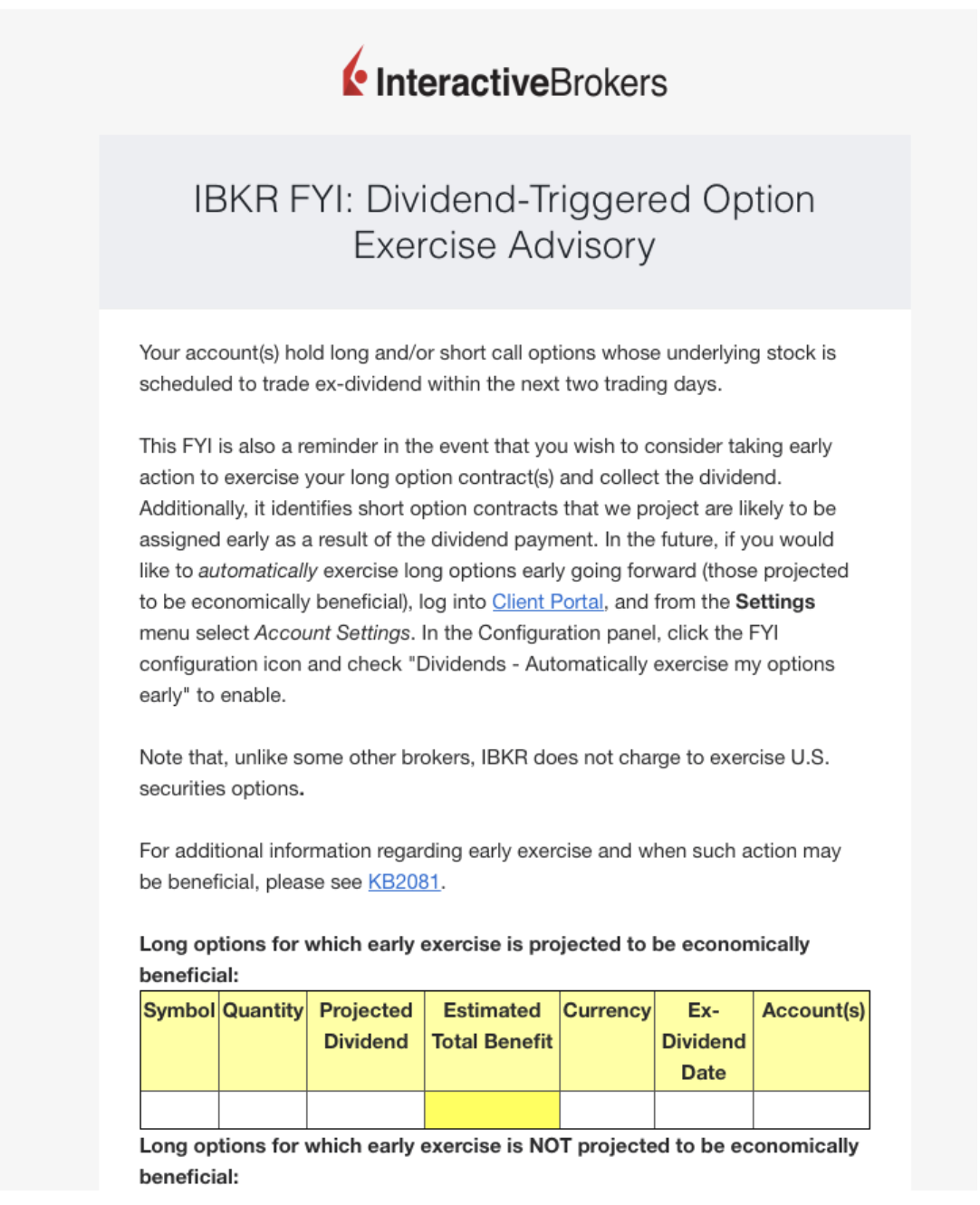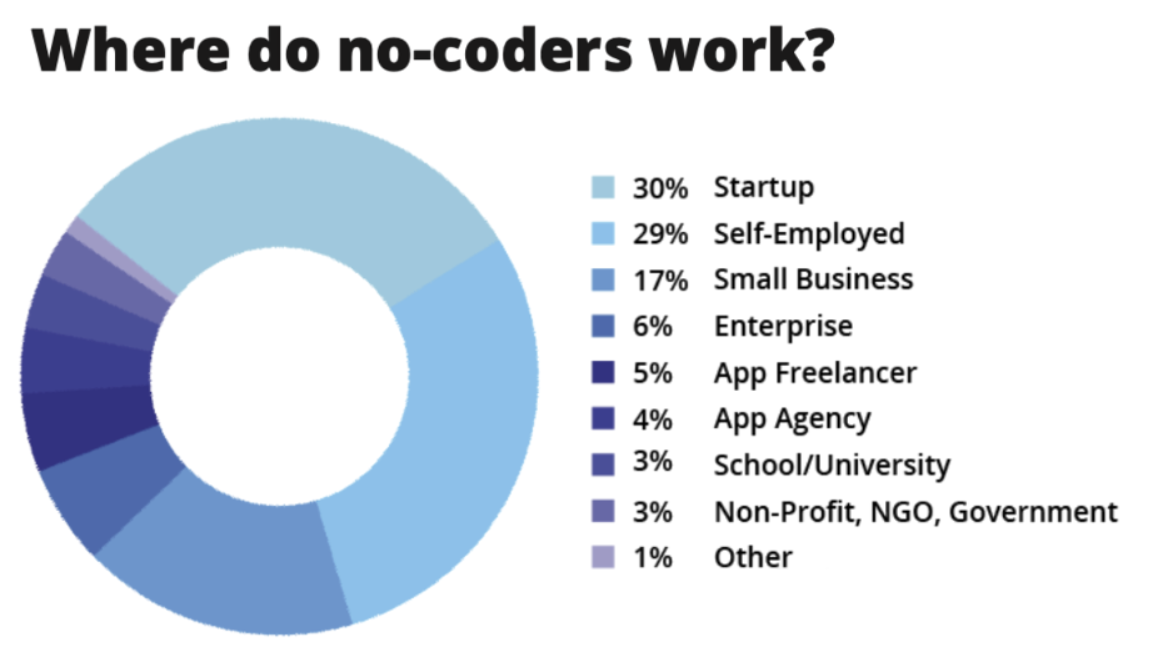Close your eyes and think back to your favorite childhood memory. Maybe it's the smell of your grandma's apple pie wafting through the kitchen, or the sound of your grandpa's belly laugh as he tickled you mercilessly.
Now imagine those memories being ripped away, one by one, until all that's left is a hollow shell of the person you once knew and loved.
That's the heartbreaking reality of Alzheimer's disease, and it's a fate that Rick Barry, the newly minted executive chairman of Cassava Sciences (SAVA), is determined to change.
You see, Barry isn't just some suit looking to make a quick buck. No, sir. This man's got skin in the game, and a personal connection to the fight against Alzheimer's that'll tug at your heartstrings.
His decision to join Cassava's board back in June 2021 was driven by a gut-wrenching story about his buddy's father, Buddy. This once-vibrant Navy fighter pilot and commercial airline captain was reduced to a shell of his former self by the cruel hand of Alzheimer's.
And folks, this ain't an isolated case. We're talking about 6.9 million Americans aged 65 and older living with this wretched disease in 2024, with that number set to double in the next 30 years.
Globally, over 55 million people are grappling with dementia, and Alzheimer's is the big, bad culprit in 60-70% of those cases.
While the situation is admittedly grim, Cassava Sciences offers a glimmer of hope: simufilam.
This experimental drug is Cassava's secret weapon, designed to whip a rogue protein called filamin A back into shape.
When filamin A goes off the rails in Alzheimer's patients, it wreaks havoc on brain function. But simufilam, like a disciplined drill sergeant, could get this unruly protein back in line, normalize cellular processes, reduce inflammation, and give synaptic function a much-needed boost.
Now, I know you're probably skeptical, but the Phase 2 trial results were nothing to sneeze at. A whopping 47% of patients saw their cognitive function improve, and the biomarkers of neurodegeneration and inflammation took a nosedive.
But the real moment of truth lies ahead in the Phase 3 trials, RETHINK-ALZ and REFOCUS-ALZ. These trials are the big leagues, with nearly 2,000 participants and top-line results expected by the end of 2024.
If simufilam can prove its mettle, it could be a game-changer for millions of Alzheimer's patients who are desperate for a breakthrough.
Of course, Cassava Sciences isn't the only horse in this race. The heavyweight contenders like Eisai (ESALF), Biogen (BIIB), Eli Lilly (LLY), Roche (RHHBY), and AbbVie (ABBV) are all jockeying for position, while smaller outfits like AC Immune (ACIU), Anavex (AVXL), and Athira Pharma (ATHA) are making some intriguing moves of their own.
But what really sets Cassava apart is the fire in their belly. When Barry says, "If you create great benefit for your patients, you'll create great value for your shareholders," you can tell he means business. This isn't just about lining pockets – it's about making a real difference in people's lives.
And let me tell you, the impact of Alzheimer's is staggering. Over 11 million Americans are providing unpaid care for their loved ones with Alzheimer's or other forms of dementia.
In 2023 alone, these unsung heroes clocked in a mind-boggling 18.4 billion hours of care, valued at a cool $350 billion.
And to make things worse, 70% of these caregivers are stressed to the max trying to coordinate care, while 66% are struggling to find resources and support. On top of that, 74% are also worried sick about their own health.
Financially, Alzheimer's is a beast that just keeps growing. In 2023, it drained $345 billion from the nation's coffers.
Fast forward to 2024, and that price tag is expected to hit $360 billion. And brace yourselves, because by 2050, we could be staring down the barrel of a $1 trillion problem.
So, is Cassava Sciences stock a slam-dunk investment? Well, that depends on your appetite for risk.
In the biotech world, the stakes are high, and the outcomes are never guaranteed. Simufilam's fate rests squarely on the results of those pivotal Phase 3 trials.
But one thing I can say with certainty is that Cassava Sciences has got guts. They're the underdog taking on Alzheimer's, armed with a potentially groundbreaking treatment and a whole lot of heart.
In a world where roughly 1 in 9 people over 65 are living with Alzheimer's, the impact of a successful therapy would be nothing short of seismic.
As investors, it's easy to get caught up in the cold, hard numbers. But sometimes, it pays to step back and consider the human element.
Behind every stock symbol, there are countless families praying for a miracle, tireless researchers burning the midnight oil, and brave souls like Rick Barry putting their money where their mouth is.
So, while I can't tell you to go all-in on Cassava Sciences just yet, I can tell you this: they're fighting the good fight. And in a world that often seems like it's gone completely off the rails, that's something worth getting behind. I suggest you buy the dip.











